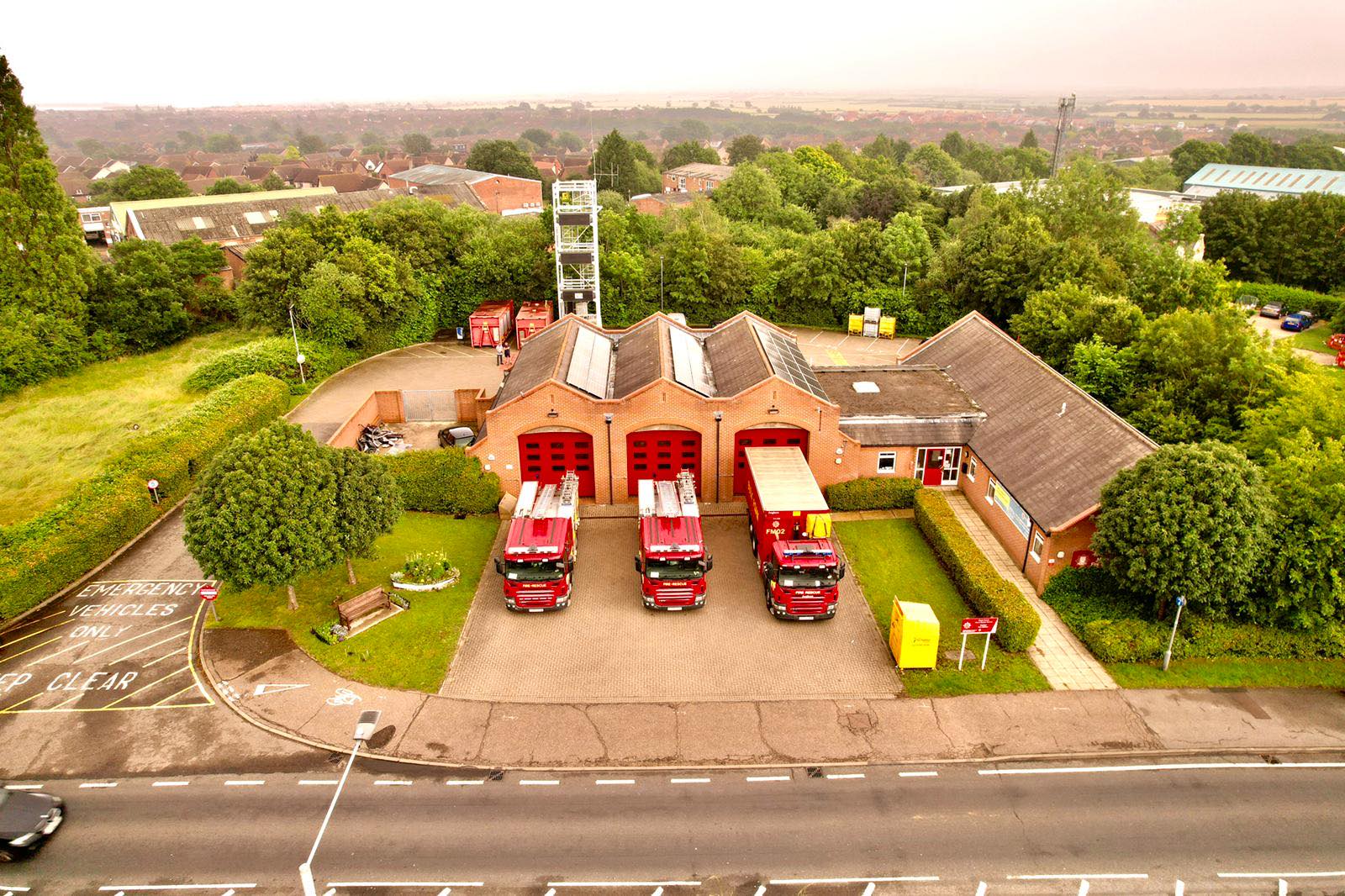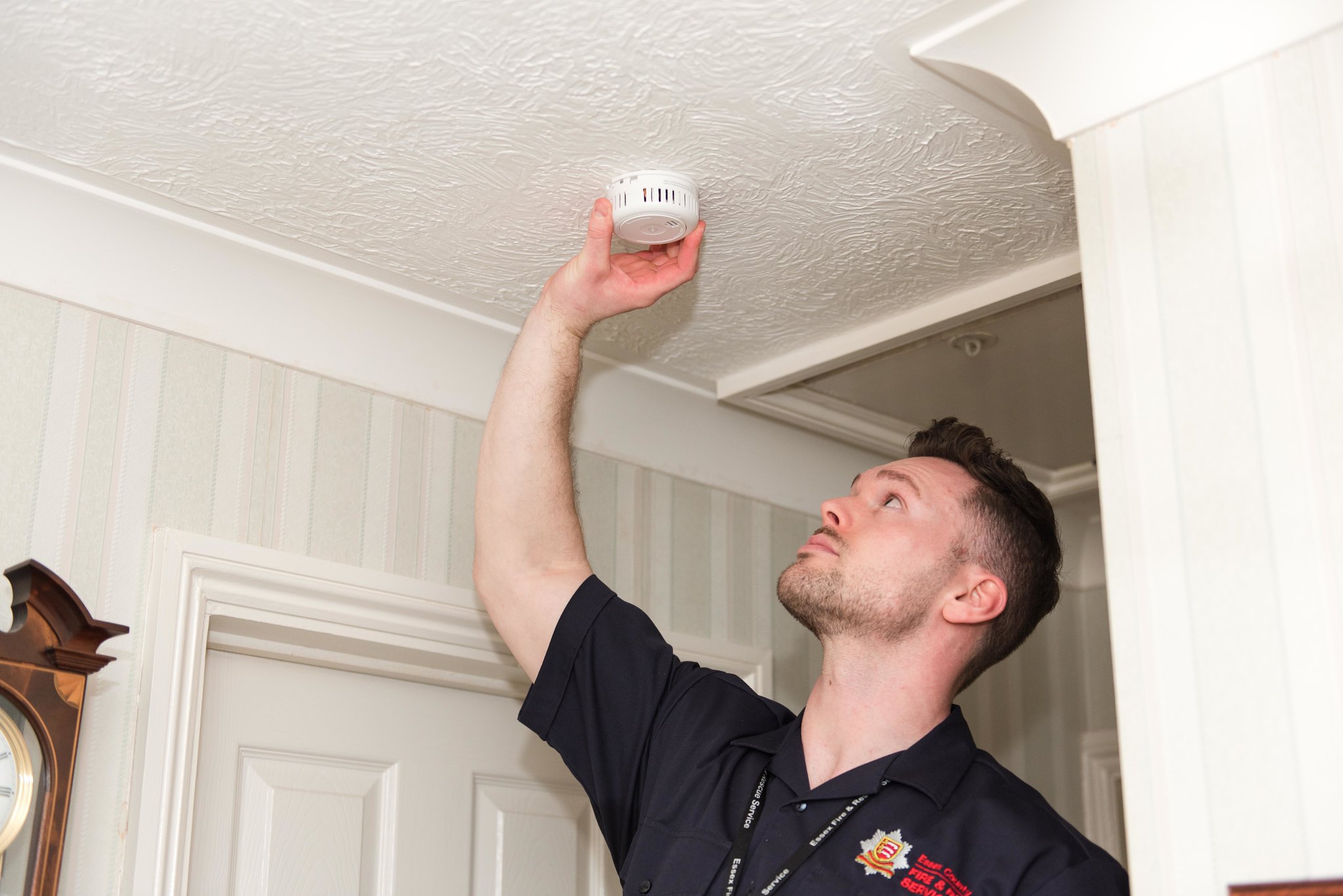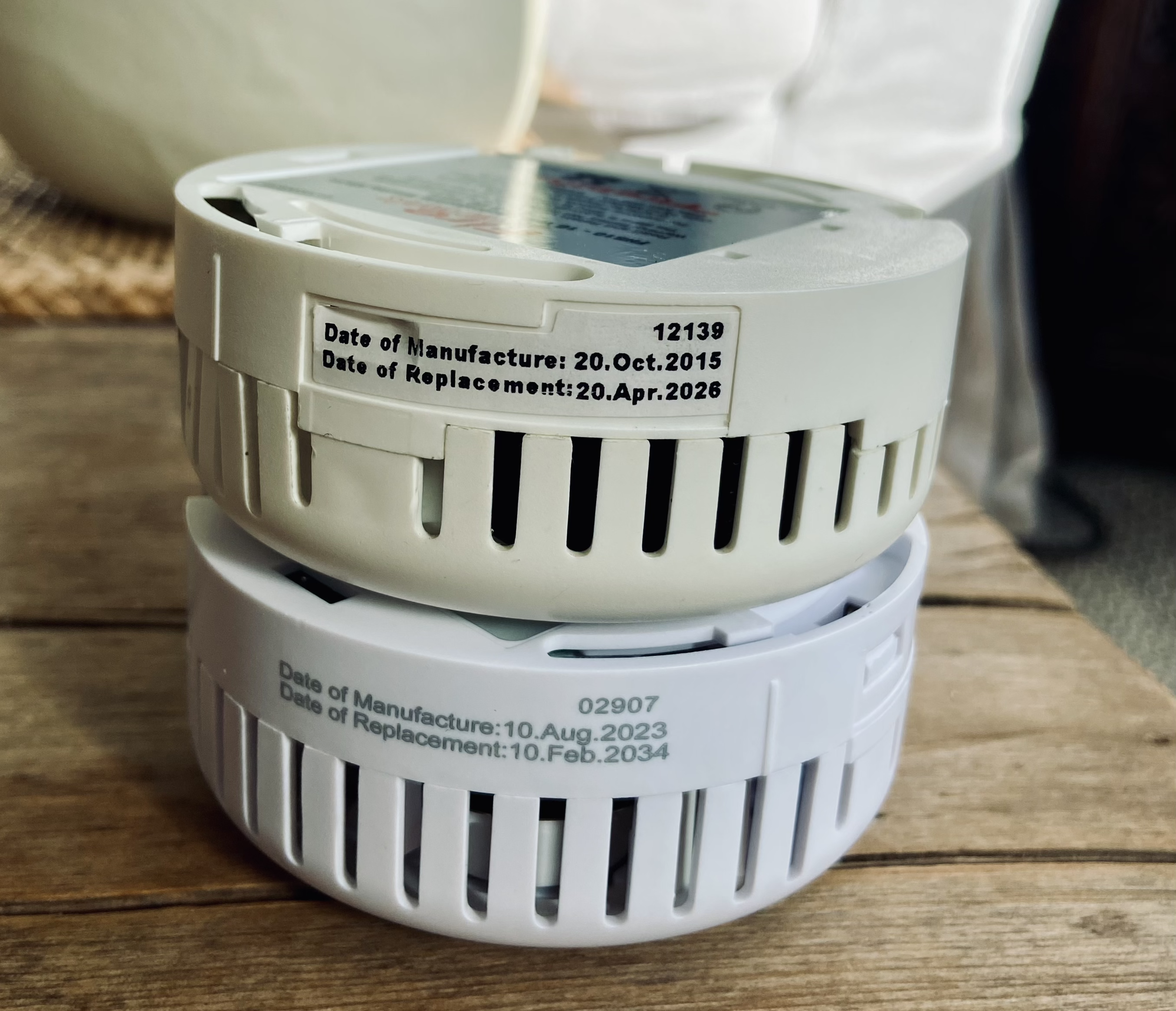Francis Charles Wilson
Francis Charles Wilson O.B.E. 1881 to 1975
At the start of the Great War it was assumed that fire brigades customary way of working would continue without too much disruption to the norm. The threat of aerial bombardment from both zeppelins and fixed wing aeroplanes was unheard of, and the large-scale production of munitions and explosives did not exist. Fighting fires and associated rescues increased exponentially as the war progressed, this in turn posed new challenges for fire brigades. A concerted air raid could easily result in conflagration and if something was to go wrong in a munitions factory the whole area could well be razed to the ground, as happened on 17 January 1917 when the Brunner Mond trinitrotoluene (TNT) production facility at Silvertown caught fire and exploded within minutes, killing 70 (including two West Ham firemen) and demolishing much of the surrounding area. It was this environment that Francis Wilson, and every other fireman in London and its surrounds found themselves. Undeniably it was not an easy time for fire brigades across the land.
Francis Charles Wilson or Charlie to his friends and family was born in Barking (then Essex) on 27 May 1881 to Francis Andrew Wilson – a labourer and Rosa; they had five other children. It would appear that Charlie was destined to spend his whole life in Barking. The 1911 census showed him employed locally as a blacksmith, he later became an electrical fitter, a job he did for 40 years. On 3 November 1901 he married Ellen Bond with whom he had two daughters. By the start of the Great War he was involved with the Barking Fire Brigade as a fireman. There is no record of him joining the armed services. It is reasonable therefore to assume that he was in a reserved occupation and perhaps felt the need to do his bit for king and country by fighting fires in his home town Barking. It was in this occupation that he was to gain acclamation.
As the war progressed an acute shortage of munitions developed. To overcome this crisis munitions and explosive factories increased exponentially around the capital. It was at one of these such establishments that Charlie was to gained an O.B.E.
It is uncertain which munitions factory it was as the citation in the London Gazette for 7 July 1920 only referred to the award being given for work at a munitions factory. It is possible that the award could have been given for bravery shown at the 1917 Silvertown explosion, or for a fire and explosion that occurred at the Ajax Chemical Works on 9 August of that year when thirteen women workers perished. The Barking Fire Brigade certainly attended and its Chief Officer Edward James Abbott received the King’s Police Medal for his actions on that day.
Barking Fire Brigade c 1922, it is possible that Charlie is pictured in this image. (EFM archive)
However, a short contemporary press article stated “it is believed” that Charlie gained the award at Rainham. This almost certainly related to a massive explosion that occurred at H.M. Factory, Rainham on 14th September 1916. The factory was owned by the candle makers Messrs J.C. & J Field. It was rented from them by Rainham Chemical Works for the production of amongst other things – dinitrophenol (DNP). Part of the three section factory had been taken over by the Ministry of Munitions for the production of trinitrophenol, also known as picric acid - a highly reactive explosive. The site covered an area of over three acres at Rainham Ferry on the banks of the Thames. A license had only been granted to produce these chemicals at the site on 20th January 1916.
In the early afternoon of 14 September a fire was detected in the factory’s nitrate of soda drying room thought to have been started by a worker smoking an illicit cigarette. The fire took hold quickly and Captain T.H. Church, the General Manager immediately realised the seriousness of the situation and attempted to remove barrels of DNP with help from others. While doing this he heard the work’s chemist Mr Six, say that the DNP was about to explode. Church told everybody to get out and literally drove them out of the building like sheep. About thirty seconds after he had done this the DNP went up. There is little doubt that the bravery of Captain Church and his quick thinking saved many worker’s lives. He also was to have a miraculous escape when the tank containing 84 tons of sulphuric acid was lifted over him by the explosion of the six tons of DNP. The tank landed just eight feet away from him. The force of the explosion also seemed to have gone over him and all he sustained were a few slight acid burns to his arm! The effect of the explosion was considerable. Every building on the site was damaged, but incredibly no picric acid exploded. The Three Crowns Inn, 150 yards away lost its roof and windows. A great chunk of rubble pierced the hull of a barge moored in the river, which quickly went to the bottom.
The explosion resulted in the deaths of seven workers - including the factory’s chief chemist, Professor David Maron and injuries to 69 people. The Romford Fire Brigade attended the incident and it is known that the Romford firemen were awarded the Medal of the O.B.E. for their endeavours at the scene. There is no record (to date) that the Barking Fire Brigade attended, but that is not to say they didn’t.
The following press cutting reporting Charlie’s death in 1975 shows an indistinct image of him and a clue to where he might have acquired his bravery award.
Charlie’s medal group has recently been most generously donated to the Essex Fire Museum (EFM), by members of his family. The group includes: two fire service medals and the Medal of the O.B.E (first version) of which there were only 2000 issued between 1917 and 1921. To accompany the medals there is a small quantity of associated documents. The EFM is extremely grateful to Charlie’s family for this important medal donation and is proud to display this collection of artefacts which belonged to a proud and brave Essex fireman.


